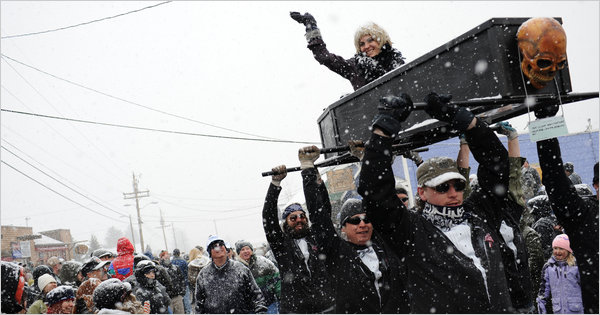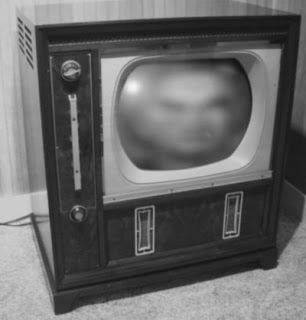
People in Colorado party around a cryogenically frozen dead Norwegian known as Grandpa in one of the world’s weirdest festivals. The people in the small town of Nederland, Colorado spend a weekend each year celebrating Frozen Dead Guy Days. In 1989, Bredo Morstoel, a former landscape architect died in Norway and his grandson, Trygve Bauge had the body flown to the U.S., preserved, and stored in liquid nitrogen. Four years later, Bauge and his mother, Aud Morstoel brought the body to their home in Nederland, about 45 miles from Denver where they stored it in a garden shed. Their hope was to build a cryogenics laboratory to bring Bredo back to life in what they hoped would be the medically advanced future.
That plan didn’t happen.
It wasn’t long before the town of Nederland was on to the dead guy in the garden shed. They passed a law prohibiting the storage of frozen people within city limits, but they could not make the ban retrospective. So Bredo Morstoel remainedcooling his heels in the garden shed until the garden shed began to fall down. That’s when the frozen Bredo Morstoel became the center of civic pride, and the town adopted the body. A local storage company donated a new shed and a Denver radio station raised the money to maintain it.
The town now re-enacts the whole saga with its Frozen Dead Guy Days Festival complete with coffin races, snow sculpting and a grandpa Bredo look-a-like contest. There’s even a Champagne tour of the new shed with the body is kept, a rib-eating contest and a “Thaw Your Bones” chili cook-off.




